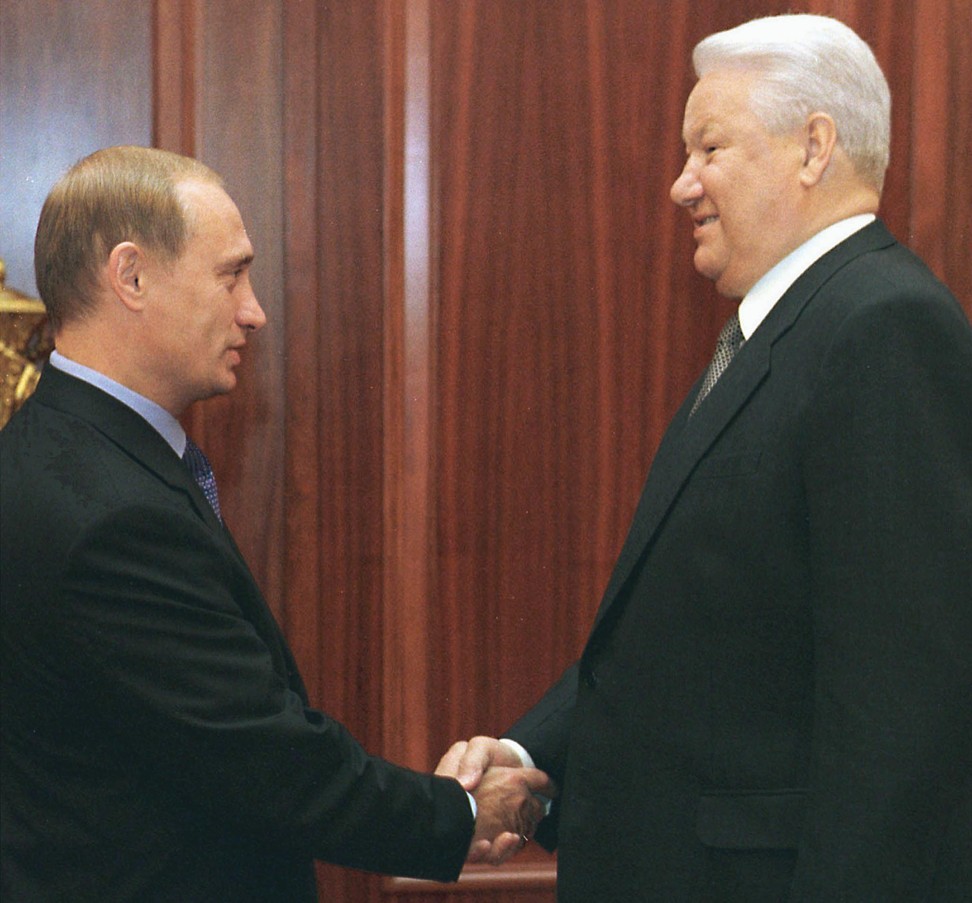
Russia: Vladimir Putin’s 20 years on the global stage
- Analysts say it is unlikely that Russia’s longest-serving leader since Joseph Stalin will give up power completely when his current term ends in 2024

Twenty years ago on Friday, Russian president Boris Yeltsin appointed his fourth prime minister in less than 18 months: Vladimir Putin, then a relatively unknown security services chief with scant experience of politics.
The departing Yeltsin was casting around for a successor and few could have predicted that two decades later Putin would still be ruling Russia, having taken on a dominant role in world affairs.
But the anniversary comes at a time of uncertainty in the leader’s reign.

Putin’s approval ratings remain at a level most Western leaders would envy but they have taken a hit from a stalling economy and declining living standards.
A protest movement in Moscow has meanwhile seen thousands arrested in recent weeks – the largest crackdown since a wave of demonstrations against Putin returning to the Kremlin in 2012 after another spell as prime minister.
The 66-year-old is meanwhile facing a succession drama of his own.
This is his last term in office according to the Russian constitution but – after stamping out the competition and taking control of most of the media – there is no obvious figure to replace him.
Analysts say it is unlikely that Russia’s longest-serving leader since Joseph Stalin will give up power completely when his current term ends in 2024.

The picture was very different when Putin won his first presidential election following Yeltsin’s early resignation on New Year’s Eve, 2000.
“Russia, despite its poverty and problems with criminality, was still a democratic, liberal country,” said prominent journalist Nikolai Svanidze, who often interviewed Putin at the start of his time in the Kremlin.
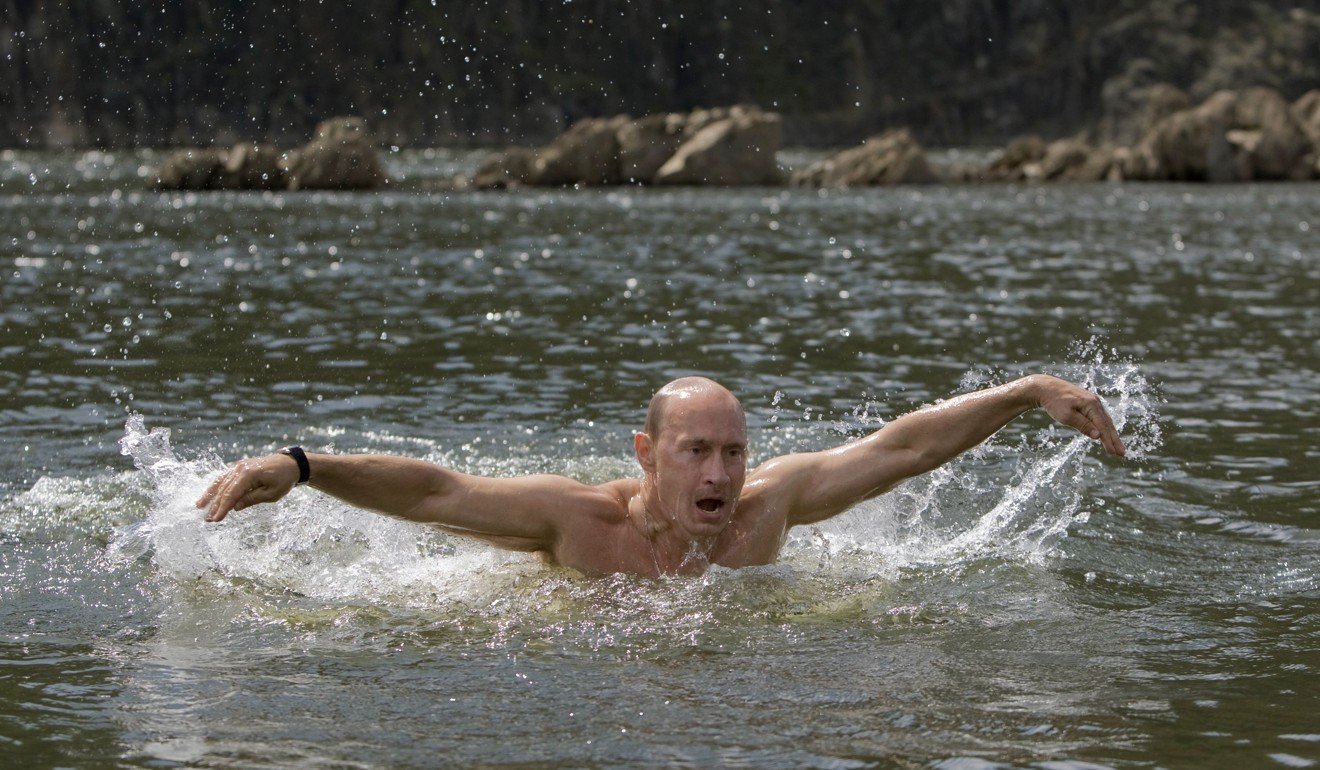
“After 20 years in power, he’s not limited in any way – he’s practically a sultan,” Svanidze said.
Political analyst Konstantin Kalachev said Putin started out as a liberal who was ready to work with the West but over time took a more conservative and hostile stance.
“Until the mid-2000s there was a political life in the country and elections were competitive,” Kalachev said.
After the 2004 Orange Revolution in Ukraine, which the Kremlin believed was backed by foreign governments to reduce Russia’s influence in its Soviet-era satellite, Putin’s attitude changed.
The West’s dismissive attitude towards Russia as well as its interventions in Iraq, Libya and elsewhere further disillusioned Putin, Kalachev said.
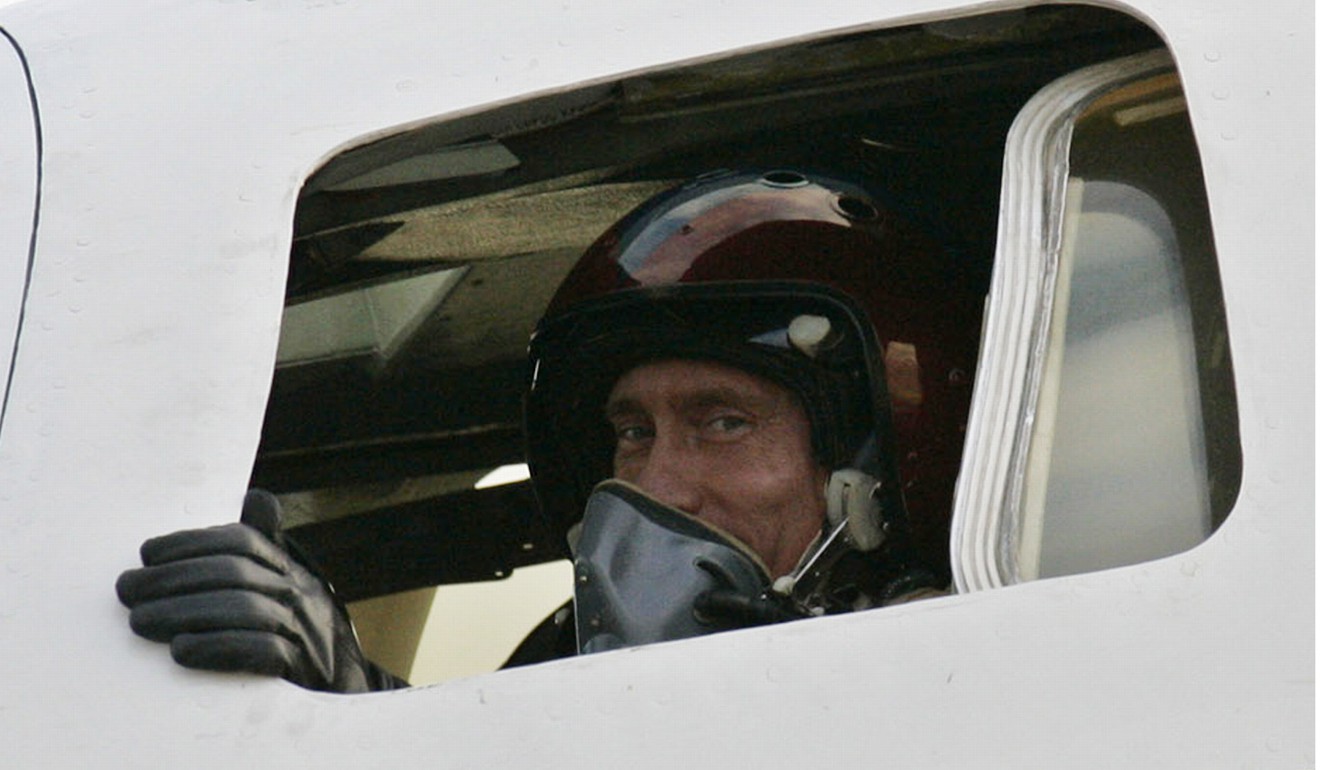
“I believe his disappointment … was the trigger in this evolution” towards a harder line, the analyst said.
Liberal Russians, however, had concerns about their leader from the start – not only over his background in the KGB but also his harsh crackdown on Chechen separatists as prime minister.
Questions remain over a series of deadly bombings of Russian apartment blocks, which were attributed to separatists but some claim were staged by the security services as cover for further military intervention in Chechnya.
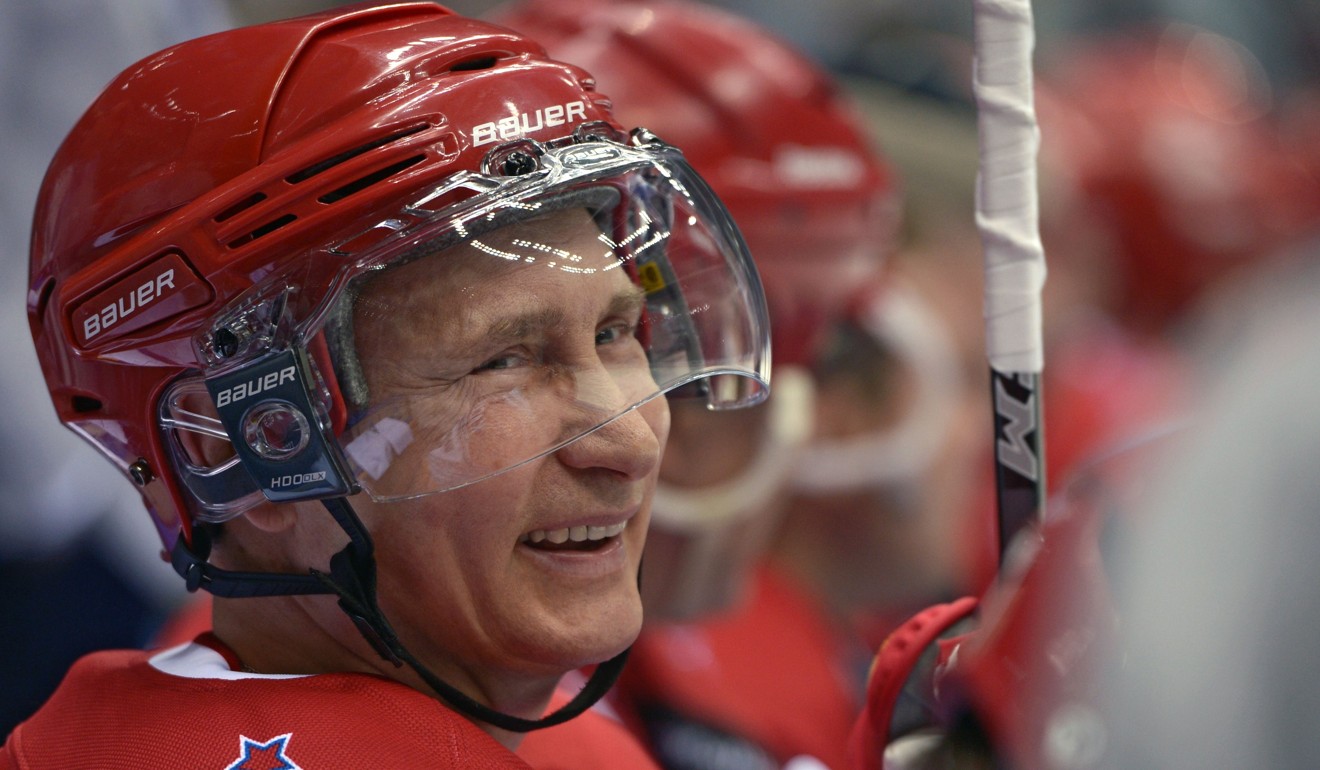
Putin’s firm response to the crisis boosted his popularity among the wider public and helped him move from acting president to elected leader, with 53 per cent of the vote.
He remains popular among large swathes of the public, who see him as the man who restored Russia’s dignity following the humiliating collapse of the USSR and as a guarantee of stability after the changes of the 1990s.
Now Putin and his team are seeking a way out of the Kremlin that will allow them to maintain their influence, analyst and media commentator Gregory Bovt said.

This may be through the creation of a new institution rather than a short return to the role of prime minister to get around constitutional term limits on the presidency, as in 2008, according to Bovt.
“Some sort of collective body will be created to direct the country, and Putin will always remain the head,” he said – a similar system to ex-Soviet Kazakhstan, where long-term ruler Nursultan Nazarbayev stood down but continues to call the shots.
But if this happens, Putin will likely be far removed from the day-to-day running of Russia.
“He will remain watching over the country … his task is to fulfil his historical mission,” Bovt said.

Vladimir Putin: key dates
October 7, 1952: Putin is born into a working-class family in Leningrad, now called Saint Petersburg.
July 25, 1998: He is named head of the FSB security service, the successor to the KGB, having joined the service in 1975.
August 9, 1999: Appointed Boris Yeltsin’s prime minister, ordering in October the launch of a second war to crush rebels in Chechnya.
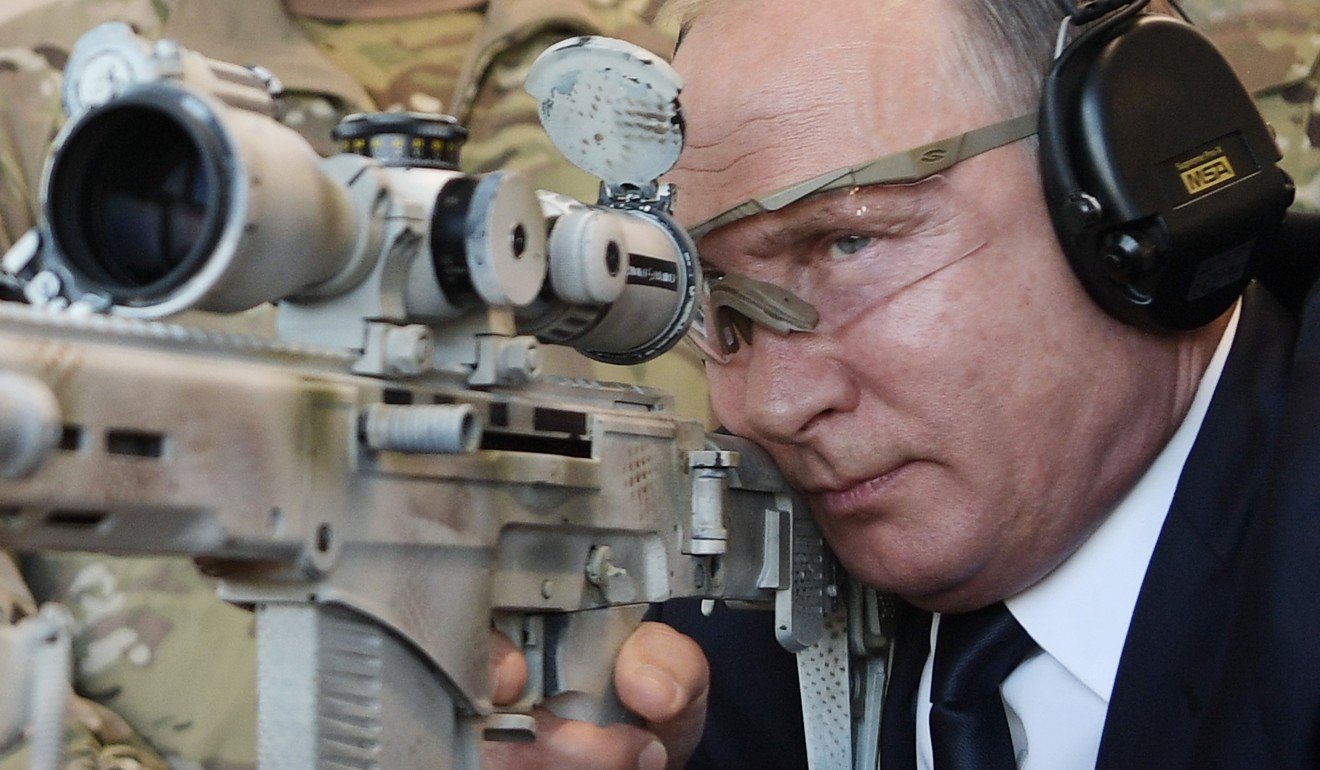
December 31, 1999: Takes over as president when Yeltsin resigns, and is officially elected in March 2000.
March 14, 2004: Re-elected.
May 7, 2008: As constitutionally required, steps down at the end of his second term, handing power to Dmitry Medvedev. He becomes prime minister.
May 7, 2012: Returns as president amid unprecedented opposition protests.
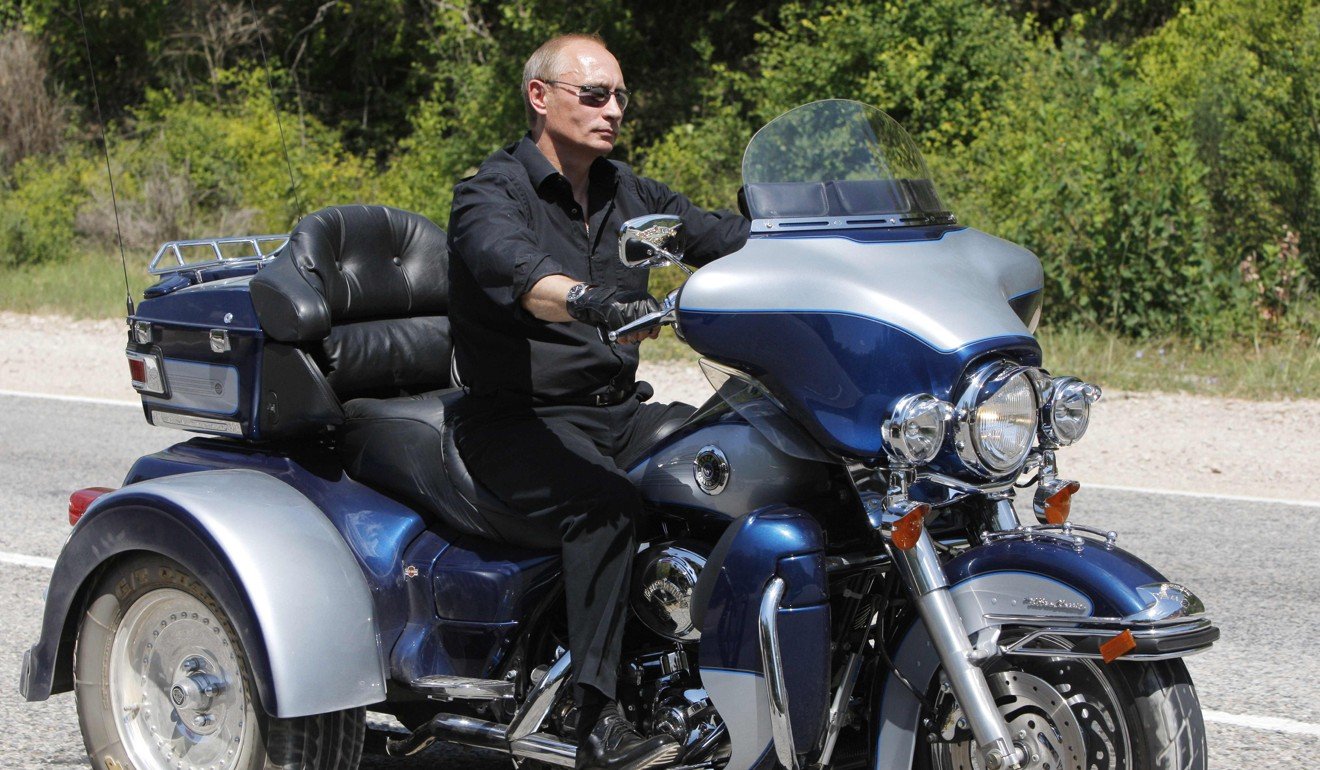
March 18, 2014: Annexes the Ukrainian peninsula of Crimea, sparking the worst diplomatic crisis between Russia and the West since the cold war.
September 30, 2015: Having given military backing to the contested regime of President Bashar al-Assad, he wins parliamentary approval for Russia’s first air strikes in Syria.
March 18, 2018: Re-elected president for a fourth term.
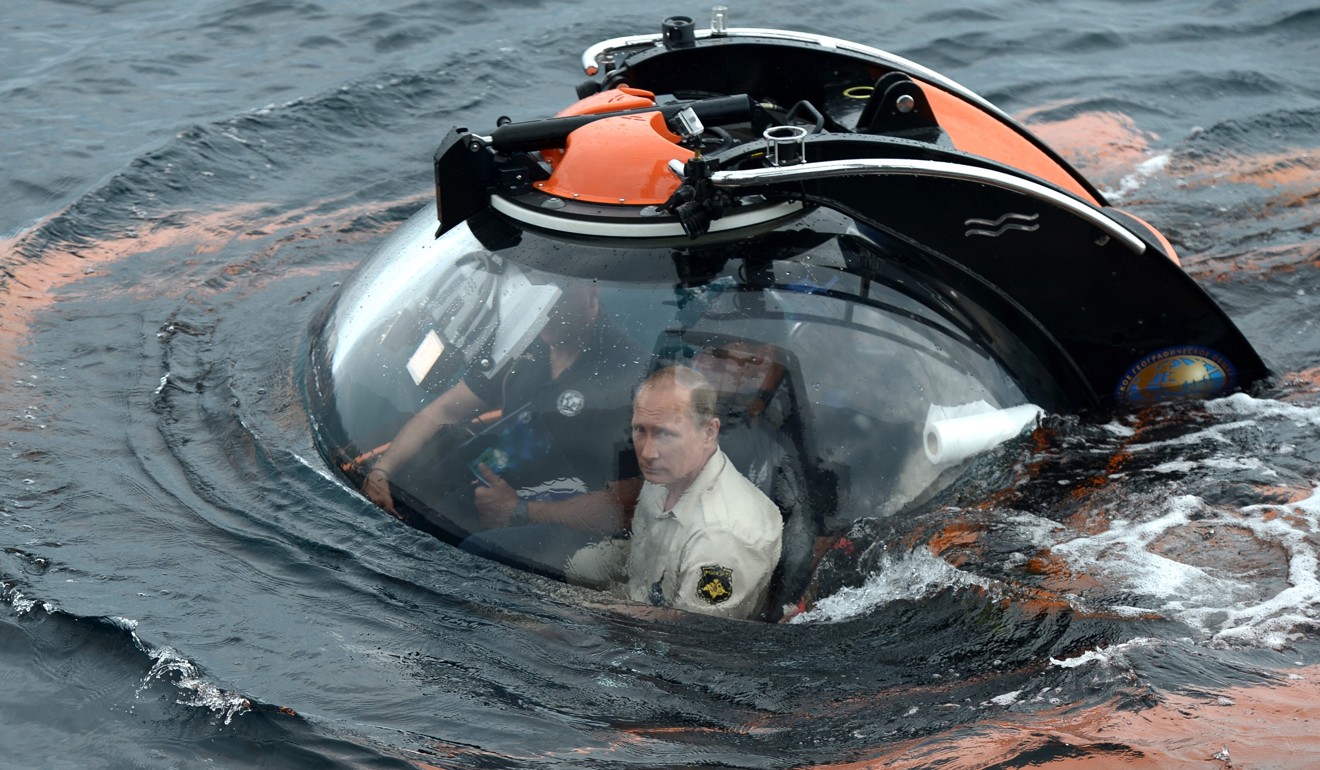
July 20, 2019: Start of rolling mass protests calling for fair elections after opposition candidates, including allies of Putin’s top critic Alexei Navalny, are banned from standing for the Moscow parliament.
World’s longest-serving leaders
Leading the pack is Cuba’s revolutionary hero Fidel Castro, with 49 years in power. When he handed over in 2008, ill and aged in his early 80s, it was to his brother Raul.
Taiwan’s first president Chiang Kai-shek was in charge on the island and in mainland China for a total of 47 years until his death in 1975.
North Korea’s founder Kim Il-sung ran the reclusive state for 46 years before dying in office in 1994, remaining revered as the “eternal leader”.
Muammar Gaddafi ruled Libya with an iron fist for almost 42 years but was ousted and then slaughtered in 2011 at the height of the Arab spring uprisings.
Omar Bongo Ondimba governed oil-rich Gabon for more than 41 years until his death from cancer in 2009.
Albania’s communist dictator Enver Hoxha was in power for 40 years until he died in 1985.
Equatorial Guinea’s Teodoro Obiang Nguema became the world’s longest-serving living leader on August 3, 2019, having seized power in a 1979 coup.

Monarchs aside, others still adding up their time in the top job are:
● Cameroon’s President Paul Biya who has already ruled for 37 years
● Congo-Brazzaville’s Denis Sassou Nguesso now at 35 years, excluding a five-year pause after he lost a 1992 election
● Cambodian Prime Minister Hun Sen, 34 years
● Uganda’s President Yoweri Museveni, 33 years
● Iran’s Ayatollah Ali Khamenei has been supreme leader since the death of Ayatollah Ruhollah Khomeini in 1989
● Chad’s Idriss Deby Itno, 28 years
● Tajikistan’s Emomali Rahmon, 27 years
● Eritrea’s Isaias Afewerki, 26 years
● Belarusian Alexander Lukashenko, 25 years
● Djibouti’s Ismail Omar Guelleh, 20 years
● Gabon’s Ali Bongo will have been in power for 20 years in October 2019.